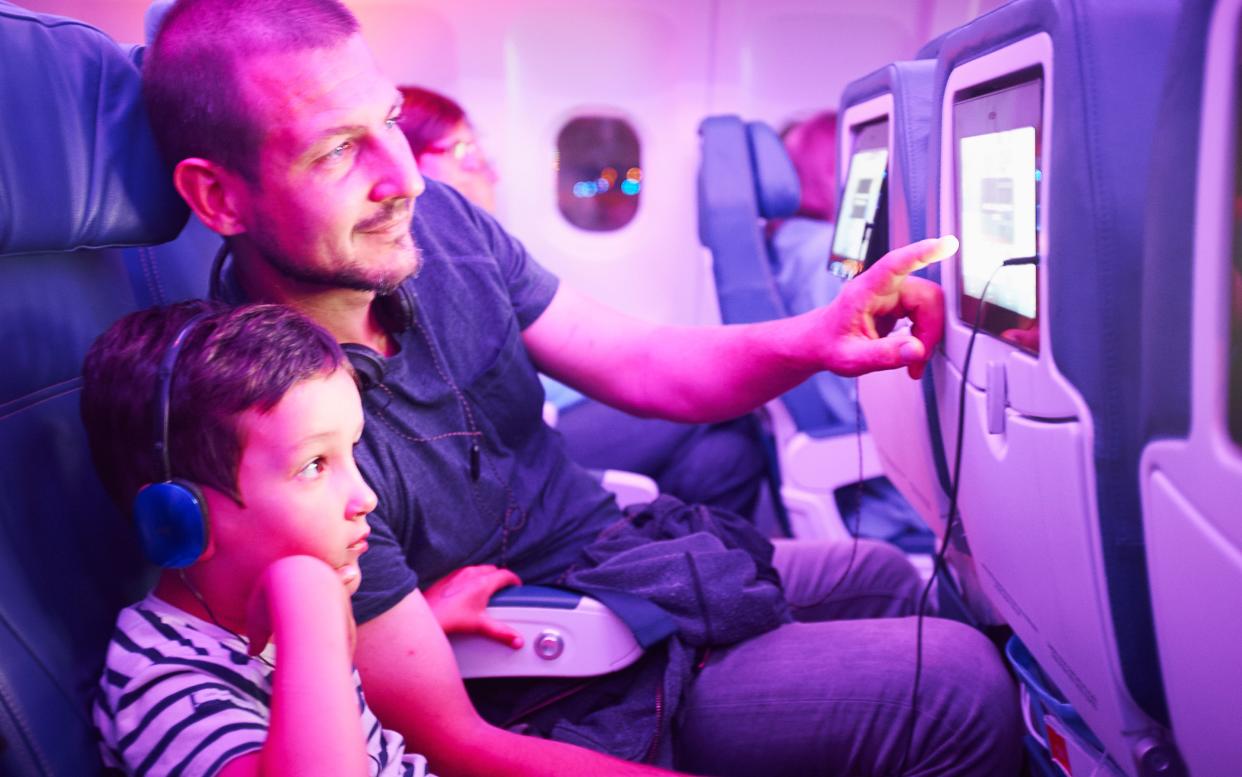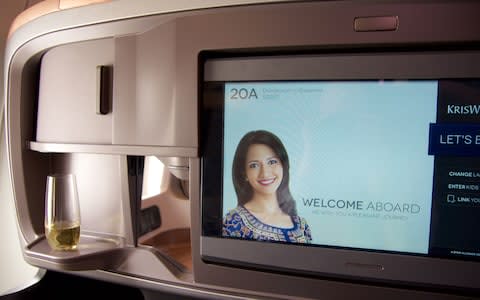Is your airline secretly filming you? Carriers admit to cameras in seat-back screens

Catching a plane soon? Then smile because you could be on camera. Three airlines have this week admitted that their inflight entertainment (IFE) screens have lenses embedded within them.
The carriers concerned – American, United and Singapore – deny they are using the cameras and claim they were built into the screens by IFE manufacturers for “possible future uses such as seat-to-seat video conferencing”.
All three airlines claimed they had no intention of activating the cameras, but privacy advocates are nonetheless alarmed.
“If airlines aren’t using the cameras, they shouldn't be there,” said Silkie Carlo, director of Big Brother Watch. “Passengers shouldn't have to worry about whether secret cameras are on or off, whether they’re being recorded, or whether the cameras could be hacked.
“It appears that these airlines haven’t considered the privacy and security risks to their customers, or justified the presence of these cameras.”

United said some of its premium seats had IFE systems with cameras embedded inside. “This is a standard feature that manufacturers of the system have included for possible future purposes such as video conferencing,” said a spokesperson. “However our cameras have never been activated on United aircraft and we have no plans to use them in the future.”
Singapore Airlines claimed the cameras on its aircraft were not enabled and could not be activated onboard. American Airlines said its newer IFE systems had in-built cameras, claiming they were a “standard feature on many inflight entertainment systems used by multiple airlines”.
Panasonic Avionics, which makes camera-enabled IFE systems, moved to allay concerns over passenger privacy.
Just found this interesting sensor looking at me from the seat back on board of Singapore Airlines. Any expert opinion of whether this a camera? Perhaps @SingaporeAir could clarify how it is used? pic.twitter.com/vy0usqruZG
— Vitaly Kamluk (@vkamluk) February 17, 2019
“Prior to the use of any camera on a Panasonic Avionics system that would affect passenger privacy, Panasonic Avionics would work closely with its airline customer to educate passengers about how the system works and to certify compliance with all appropriate privacy laws and regulations, such as GDPR,” said a spokesperson.
The presence of cameras on planes came to the fore after a concerned Twitter user, Vitaly Kamluk, posted a photograph of a lens staring back at him while flying with Singapore Airlines. His Tweet prompted privacy concerns from other users and a response from the carrier.

The world’s citizens are under more surveillance than ever, particularly plane passengers who are increasingly subject to facial recognition technology and fingerprint scanning at airports. Big Brother Watch fears cameras on a plane are another blow for privacy.
“Privacy is becoming increasingly obsolete for air travellers,” said Carlo. “But this is a step too far.”


